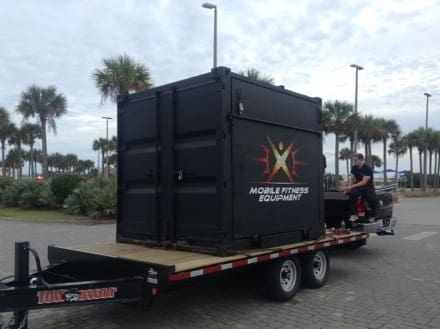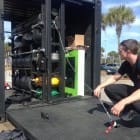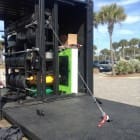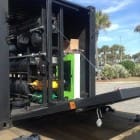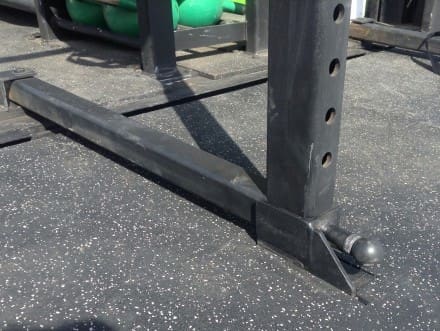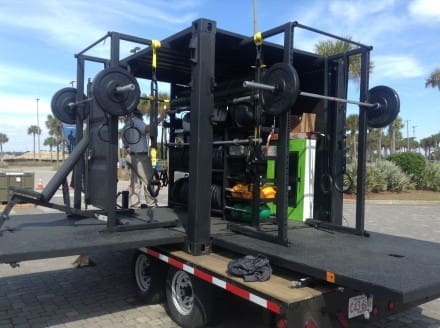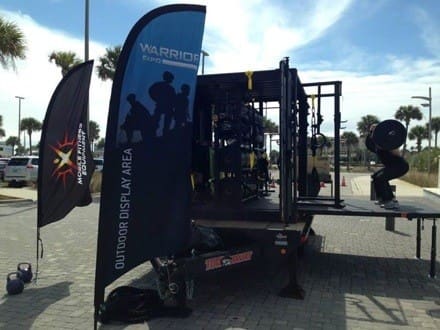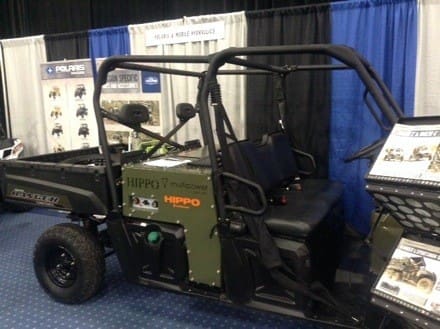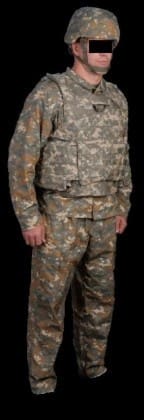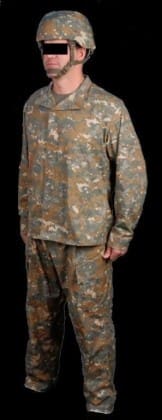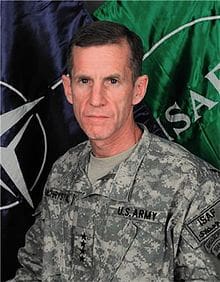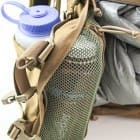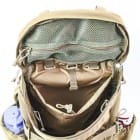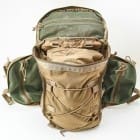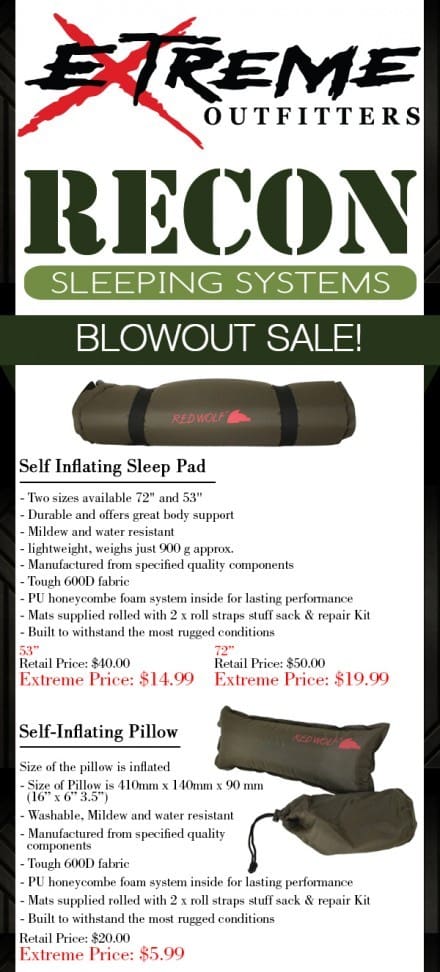Backcountry Nutrition
What’s necessary for extended hikes and scouting:
• Endurance
• Strength
• Speed
• Mental Clarity
• Dexterity
All of which are affected by nutrition.
When any of the above are impacted, you can quickly turn into a liability for the rest of your group. That said, keeping our body in proper working order and maintaining our speed, strength, endurance, mental clarity and dexterity are essential, which means maintaining proper backcountry nutrition is extremely important.
Caloric Needs
An average person on an average day burns around 2500 calories. A backpacker carrying 50 pounds for 6 hours over level terrain may burn 4000 to 5000 calories. Add elevation gain and a few more hours and the count raises to 6000 to 8000 calories.
A calorie is simply the amount of energy that foods will produce in the human body. The calories in our food come from three sources: carbohydrates/sugars, proteins and fats. Carbohydrates and proteins provide us with 4 calories per gram. Fats provide us with 9 calories per gram. While fats are much more energy-rich, than carbohydrates or proteins it does not mean that we should only consume fats as we will find out below.
Carbohydrates
Carbohydrates are our main source of fuel for energy in the backcountry. Our ability to sustain vigorous activity/exercise is directly related to carbohydrate stores. Many times, when sprinting, climbing or strength training, carbohydrates will contribute to 100 percent of energy needs.
Carbohydrates are stored in the body as glycogen. Each gram of carbohydrate is stored with 3 grams of water, which means we can only store so much. Glycogen is typically stored in the muscles where it is used for muscular activity (i.e., endurance and/or high intensity activity) and in the liver to maintain glucose levels for the brain. The brain does not store glycogen and relies on these stores in the liver for its fuel source. Basically what happens is, after you eat, enzymes in your digestive system begin to break down the carbohydrates and create glucose.
The body will use some of the glucose produced to fuel its cells and body systems by transporting it through the bloodstream (approximately 120 Calories of glucose are available within the bloodstream at any given time).
As the amount of glucose in your blood begins to rise, insulin is released and directs the cells in your body to remove excess glucose from the bloodstream and store them in your muscles and liver. As it’s being transported to the liver and muscle tissues, glucose molecules bond to one another to create glycogen. Think of glycogen as back-up energy for when our body needs it. Your muscles can store about 1400 calories and the liver can store about 400 calories. Endurance training increases glycogen storage capacity. That said, a little bit of endurance training will certainly help with glycogen storage and will give you added back-up energy storage.
On average the body stores enough glycogen to fuel moderate effort for 90-minutes in a trained individual. However, increased workout intensity can deplete oxygen in as little as 30-minutes.Which is important to note since carbohydrates contribute to a majority of our energy needs. The greater the intensity of exercise and heart rate, the more carbohydrates burned. Remember, these carbohydrates are the primary fuel for high intensity activities as well as proper brain function.
Carbohydrates not only fuel exercise and brain function, but they are also essential for maintaining body temperature in the cold and for shivering. Low levels of carbohydrates impair thermoregulation and increase the risk of hypothermia.
The goal is to eat frequently and to avoid dips in blood glucose levels. We digest and absorb, on average, 1 ounce of carbohydrate every minute. That said, we need about 60 grams of carbohydrates (240 Calories) per hour, which means that ideally you will fuel up every 15 minutes with about 15 grams (60 Calories) of carbohydrates.
Once depleted, the body turns to our fat reserves for energy.
However, if carbohydrate storage sites are filled to capacity the body will begin to burn more glucose rather than fat as a last resort. And if glucose continues to enter the bloodstream, fat cells will then start the process of storing energy and you start the process of getting fatter!
In addition, the brain runs exclusively off of carbohydrates, which means carbohydrates are essential for proper brain function and mental clarity.
Fats
Muscles require a mix of carbohydrates and fats for energy. Carbohydrates burn off fairly quick and need to be replenished constantly, while fats (a more concentrated energy source) burn slow and continuous maintaining a slow, constant flow of energy.
There are two types of fats: saturated and unsaturated. Saturated fats are usually preferred in the backcountry because they tend to be solid and tend not to go rancid. However, saturated fats do not travel as well through the vascular system and are typically associated with higher levels of cholesterol. They are easier to carry into the backcountry and less likely to go rancid, but they are typically associated with higher levels of cholesterol and should be consumed in limited quantities.
Either way, the body needs fat. It’s a major energy source, helps you absorb certain vitamins and hormones are also synthesized from fat, so it is a very important source of nutrition.
Fat requires oxygen in order to breakdown properly, which should be taken into consideration at higher altitudes that are more oxygen deprived. At higher altitudes you may want to have a greater reliance on carbohydrates.
Fat does not metabolize as quickly as carbohydrates so during high intensity workouts the body can’t keep up, resulting in fatigue, weakness, and mental confusion. This is typically called hypoglycemia (low blood sugar).
Fat is our endurance energy, and carbohydrates are for short-term power. A bi-product of the digestion process is the generation of heat. As your body breaks down and digests fats, heat is created. That said, it’s a good idea to consume a food or beverage high in fat before bedding down for the night in cold environments. Add butter to hot chocolate before going to sleep to help stay warm at night.
Endurance athletes are good at burning fat as fuel over a long period (well-developed fat metabolism) of time allowing them to rely less on carbohydrates, however, carbohydrates are still essential for and remain the primary energy source for muscle contraction.
Fat should contribute to 25 percent of core calories. Carbohydrates should contribute to 65 percent. Proteins should contribute to 10 percent.
While Protein does Provide Calories, its Primary Function is for growth, maintenance and repair of muscles, bones, organs, hair and nails. This is why protein needs are far less than fats and carbohydrates.
Vitamins and Minerals
6 types of nutrients in foods: carbohydrates, fats, proteins, vitamins, minerals and water. Only carbohydrates, fats and proteins can provide energy/calories. Vitamins, minerals and water provide no calories but they are essential in our ability to use the calories.
Vitamins and Minerals are essential for the breakdown of carbohydrates and fats. We eat foods. Next, the food is converted into chemical energy within our muscle cells with the help of vitamins and minerals and then transformed into mechanical energy for the physical exercise.
In the Nutritional World:
Energy = Calories
Unprocessed foods = good
Processed foods = bad
Why: Nutrient destruction happens to all fruits and vegetables that are not freshly prepared. Excessive heating and cooling processes, which are required in order to give processed foods extended shelf lives, greatly diminishes nutrients. Blanching vegetables before they are packaged causes water-soluble vitamins like vitamin B to fall out. Milling grains for breads causes the husk to fall off, which stores most of the valuable nutrients, etc. etc. Trans-fats, sodium and nitrates are also typically added to processed foods to boost flavor and increase shelf life.
Food Groups
The food groups (2-3 servings from each group is ideal):
Dairy: Milk (cup), yogurt, cheese (1 oz), cottage cheese
Vegetables: Fresh at home, dehydrated in the backcountry, salsa
Whole Grains/Starch: Whole grain bread and cereal, brown rice, potato, pasta, corn, tortillas
Protein: meat, chicken, turkey, eggs, fish, beans, peas, lentils (1 oz. of meat or fish and each half cup of legumes = 8 grams of protein)
Fruit: fresh or frozen at home; dehydrated in the backcountry
Fat: Unsaturated ideal: olive oil, canola oil, seeds, olives, avocado, nuts
We’d love to hear what you’re bringing into the backcountry…
This post is brought to you by McNett. McNett offers products for maintaining, repairing, and waterproofing gear and clothing, and water purification, as well as microfiber towels and tactical products including lens cleaner and anti-fog, survival products, and Camo Form camouflage wrap.
www.mcnett.com


